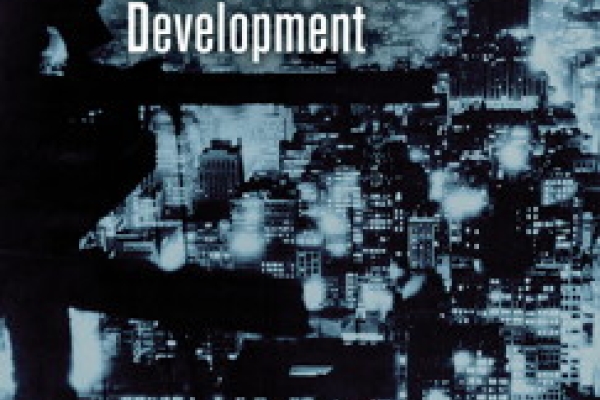The following selection is from “How Ideas Stopped an Expressway in Philadelphia,” Chapter Four of How Ideas Shape Urban Political Development, edited by Richardson Dilworth, Director, Center for Public Policy, Professor, Department of Politics, Drexel University and Timothy P. R. Weaver, Assistant Professor, Department of Political Science, University at Albany, SUNY. Copyright © 2020 University of Pennsylvania Press. This volume is a recent title in the Penn Press/Penn IUR City in the 21st Century series.
Alice Lipscomb was part of a cohort of black women community activists across urban America, and her career reflects an underappreciated moment when agency and ideas interacted to shape American urban political development. Where other works on urban political development emphasize the role of elites, this chapter underscores how the ideas generated by black women and black communities can effectively reframe debates about renewal and change. This ability to reframe urban development using racialized and place-based metaphors demonstrates the power of grassroots activism to resist and beat back competing narratives and approaches to urban change and political economy…Lipscomb spearheaded and led an interracial inter-neighborhood coalition against urban renewal, using ideas of collectivity and metaphors emphasizing how Philadelphia was not unlike the Jim Crow South in its tendency to devalue and segregate black communities.
Lipscomb’s narrative suggests what political scientist James Scott has called “infrapolitics,” meaning actions that are not seen as formally political but ultimately have political ends. Infrapolitics is thus a type of politics-from-below, which in the case of Lipscomb is rooted in a belief in neighborhood preservation and the idea that residents should take ownership of their neighborhoods and city—an idea that later blossomed under the label of “community action” in President Lyndon Johnson’s Great Society. Where many saw a deteriorating community, Lipscomb and residents like her saw an opportunity to empower a community-based program of redevelopment by identifying patterns of racial exclusion caused by urban renewal plans…
[T]he salience of race, racism, and racial conflict reflected in the North Philadelphia riots provided Lipscomb with the idea to frame the Crosstown Expressway as environmentally and racially unjust, mirroring the repressive regimes typically associated with the Jim Crow South. She thus developed a series of critical arguments to frame the costs of the Crosstown Expressway.
First, Lipscomb contended that the Crosstown Expressway would effectively function as “Philadelphia’s Mason Dixon Line,” placing a physical barrier between the “white middle and upper class community” and the “poorer and greatly neglected Negro area.”…Drawing on the geographic line for the American South, Lipscomb’s framing emphasized the South as a set of ideas and practices that extended into the “North” and were best refracted by urban renewal plans of northern elites such as the Crosstown Expressway.
Second, Lipscomb framed the Crosstown Expressway as a “carbon monoxide curtain.” Positing the environmental effects of highway construction appealed to residents across racial and class lines, as neither black nor white residents believed that urban renewal should take precedence over the health of residents. Finally, Lipscomb argued that urban renewal, as city officials envisioned it, precluded a more grassroots and community-based revitalization effort that engaged with and was built upon area stakeholders’ desires for their community. Emphasizing the importance of the needs and ideas of residents, such an argument prefigured provisions such as Community Development Block Grants and the Model Cities programs offered under later federal programs…Shifting away from rhetoric that relied heavily on race-based arguments against the Crosstown Expressway was perhaps fortuitous if not strategic, as between 1962 and 1964 Philadelphia’s wards and legislative districts were reapportioned….
Lipscomb’s intersectional politics successfully framed the Crosstown Community as a metaphor for the lack of care and concern that civic leaders and urban planners had for poor and working-class black families and communities…The interpretation of urban renewal as establishing the Mason-Dixon Line in the city had a powerful impact on the ideas that white and black residents had about the expressway, illustrating that the city’s plans would geographically and culturally marginalize the residents in the working-class communities that comprised the band of working-class neighborhood planners strategically coined the “Crosstown Community.” Joining ideas about urban growth, race, and the South, Lipscomb generated an effective resistance and future template for redeveloping urban America; thus, her efforts demonstrate the landscape of idea competition whereby the grass roots and elites attempt to ensure that their vision of the city wins out over competing claims.
Marcus Anthony Hunter is Professor of Sociology and Scott Waugh Endowed Chair, Division of the Social Sciences, University of California Los Angeles.


